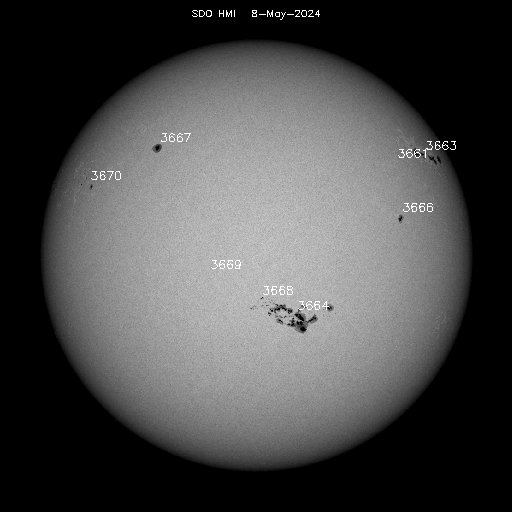The following mosaic was acquired on 14 October 2011 from ESAC with Michel's Celestron newtonian (1m focal, 20cm aperture) and a Baader film filter. Several sunspots groups (1314, 1316, 1317 and 1319) are visible in the image. Another smaller group is seen to the left of group 1319, but it quickly fainted in the following days. We named the group 1319 informally "the Canary Islands", due to the resemblance with the topography of these islands.
This other image was taken in H-alpha with the Solarmax Coronado and shows several dark filaments, along with the sunspots. This image can be compared with images on previous days (check this previous blog entry).
















